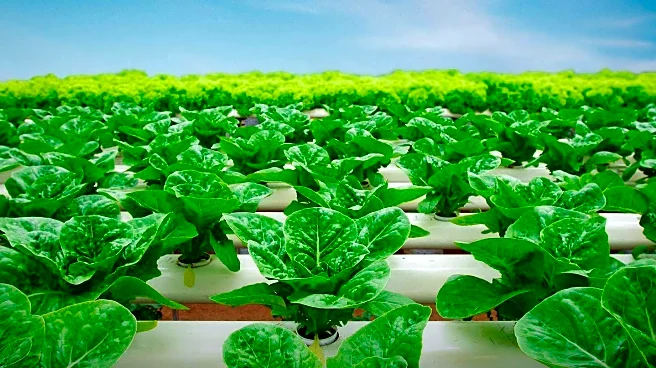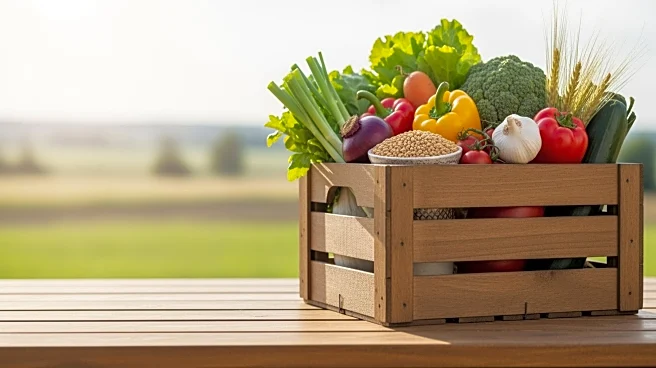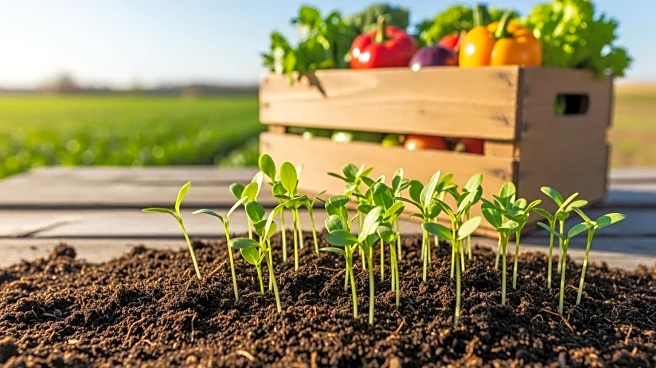What's Happening?
Regenerative farming is becoming increasingly popular in the U.S. as consumers demand healthier and more sustainable food options. This agricultural approach uses techniques like cover crops, crop rotation,
and reduced tillage to improve soil health, conserve water, and reduce chemical use. Despite challenges in defining and verifying regenerative practices, private investment from major brands is accelerating adoption. Studies show that regenerative methods can boost yields and improve soil quality, though results vary by region and climate.
Why It's Important?
The shift towards regenerative farming reflects growing consumer interest in sustainable agriculture and nutrient-dense food. This trend has significant implications for the agricultural industry, potentially leading to changes in farming practices and supply chain dynamics. As consumers are willing to pay more for regenerative products, farmers and brands can capitalize on this demand to drive growth and innovation. The environmental benefits of regenerative farming, such as improved soil health and reduced chemical use, align with broader sustainability goals.
What's Next?
The future of regenerative farming depends on continued investment and collaboration among farmers, researchers, and brands. As private companies like PepsiCo and General Mills support regenerative practices, the industry may see increased adoption and innovation. Farmers will need to navigate challenges related to verification and consumer education to fully realize the potential of regenerative agriculture.
Beyond the Headlines
Regenerative farming not only addresses environmental concerns but also raises questions about food security and nutrition. As research continues, the potential for regenerative practices to improve food quality and health outcomes could reshape consumer preferences and agricultural policies.











